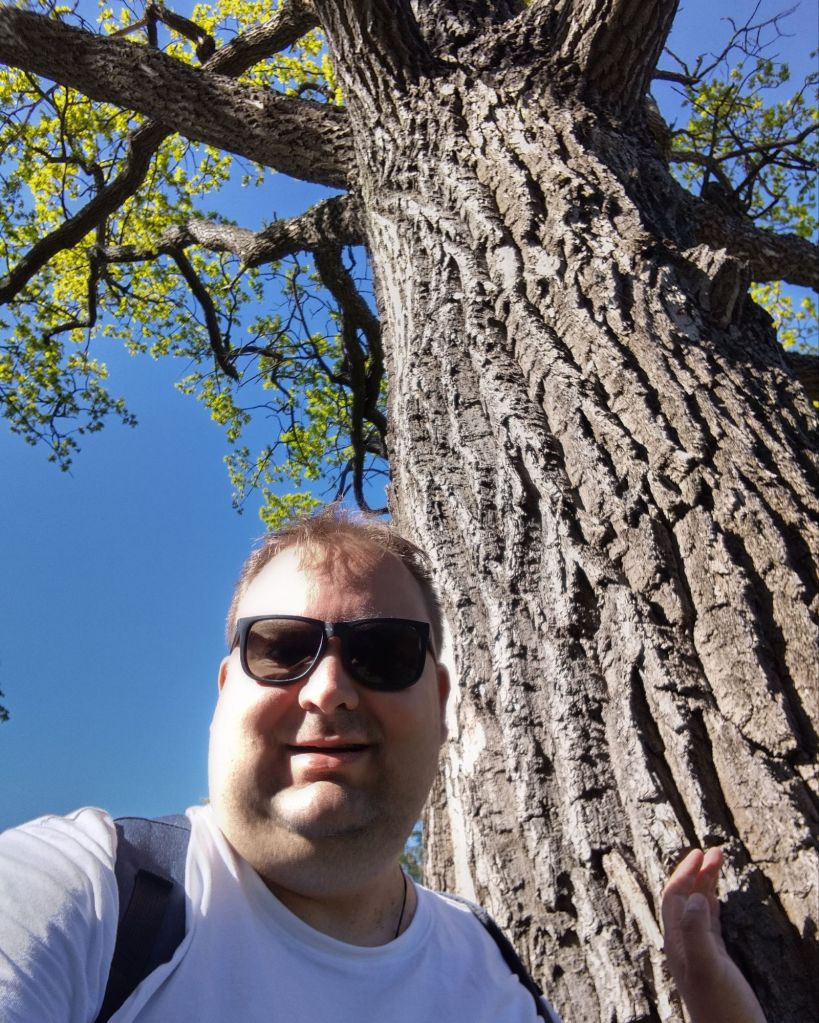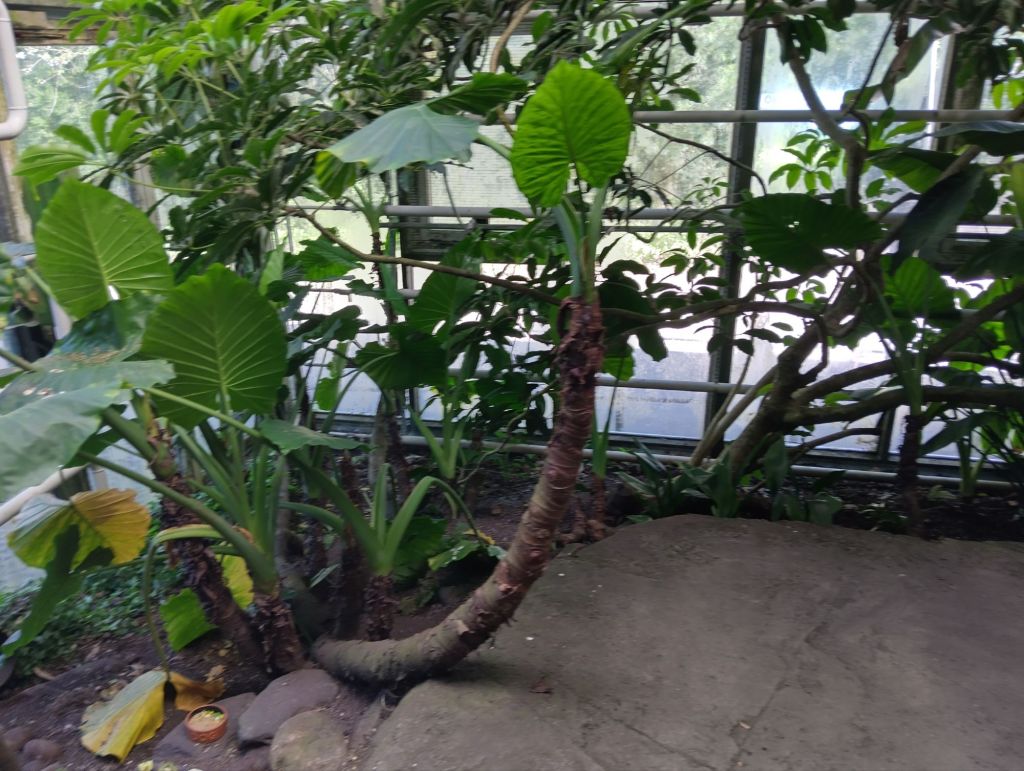22 nd May the international UN Biodiversity Day was celebrated. Biodiversity means the diversity of nature. It can be measured as genes, species or different biotopes and ecosystems. Creator or Nature, however you think of it, has created an incredibly diverse and colorful patchwork of ecosystems full of different species. The biosphere covers the entire Earth’s surface, from the deepest oceans to the high atmosphere. Even in the deepest dark and cold seas and their rifts there are archaeons and bacteria. The tallest California redwoods in the country reach a height of over one hundred meters. Seeds and insects fly at an altitude of more than ten kilometers. The biosphere is extremely complex and diverse, ranging from spiky hedgehogs, turtles, comb jellyfish that shine in the rainbow colors of the seas with bioluminescence, and mushrooms that shine at night in rainforests, to huge whales and elephants with trunks.
Evolution is changes in gene allele ratios in populations. Genes determine what forms organisms take. When the genotype changes, the species changes (fenotype). It is typical for evolution that organisms invent new survival strategies and adapt to different habitats, becoming more adaptable and using new survival strategies from their genetic background. New survival strategies and adaptation to the environment increase the resilience and survivability of species. This creates new kinds of species. The most important things in life are survival and resilience. Organisms contain data in the form of DNA, information that controls the vital functions of the organism, creating and increasing resilience.
Biodiversity creates a functioning ecosystem. There are many connections and different relationships between species. Ecosystems form functional entities where the parts live in a kind of symbiosis or a common life where they benefit the whole. In nature, everything flows, the flows and circulation of energy and matter create the basis for the life of ecosystems. Life is built on these currents. All organisms need energy and various substances, such as water, nitrogen and soil. The ability of plants to make energy-rich sugar from sunlight creates the foundation for an ecosystem. In photosynthesis, plants bind carbon and the energy of sunlight photons and produce biomass, which is eaten by animals and decomposed by fungi and insects, creating soil and returning substances to the cycle.
Nature offers many different ecosystem services that benefit people. These services are services provided by nature for free, such as cleaning water and air from pollution, food production, medicinal herbs, water cycle, soil formation, maintenance of climate stability and pollination. Some ecosystem services are critically important for the functioning and existence of human communities. Trees in particular are important administrators of ecosystem services. They e.g. cool the air, clean the air from air pollution and prevent the economic value of ecosystem services per year is much more than the GDP of the whole earth.
The functionality and efficiency of ecosystem services depend very much on biodiversity and its size and abundance: the functionality and productivity of ecosystem services are directly proportional to the abundance of biodiversity. The more nature and species, the more functional and productive ecosystem services. For example, a high biodiversity of flowering plants supports a large bee population, which increases plant pollination and this increases food production.
A Chinese proverb says: one branch is easy to break, but two is more difficult. Thinking with systems thinking, when we look at the system, it is complex and full of various components and interactions, which, like branches, are difficult to break. This creates the basis for ecosystem resilience. Just as the diversity of genes creates the basis for the survival of species. An ecosystem with a high level of biodiversity is healthier, more prosperous, more vibrant and more resistant to external threats and harmful environmental changes, such as climate change, drought, water shortage, forest fires, insect pests or changes in species and ecology. The higher the biodiversity, the better nature recycles and0 cleans water, cleans the air or prevents floods. High biodiversity increases the well-being of both nature and people. Increasing biodiversity is most often a win-win situation, from which both humans and nature gain. According to the intermediate disturbance hypothesis, human activity can even increase biodiversity, for example, agroecological organic farming and beekeeping often greatly increase biodiversity. On the other hand, too intensive human activity, hunting, climate change, land use (agriculture and forestry) and construction are the biggest causes of biodiversity loss and nature loss. So let’s cherish diversity everywhere and in all human activities. The Montreal Biodiversity Conference was extremely important because it numerically defined clear conservation goals, such as 30% conservation of each country’s land area. Numerical specification is extreme. it’s important that promises don’t just remain speeches.
Daniel Elkama




Jätä kommentti